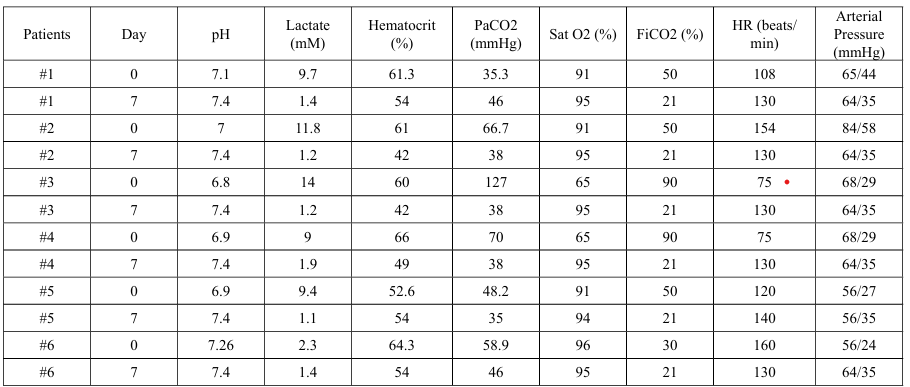An Attempt to comprehend children’s height, by means of A/P/C model: Han Chinese over the periods 1985 to 2019
Human height is determined by genetics and “supply of inputs to health” (Steckel, 1995) [1]. In most econometric investigations, mean height of young adults is regressed against average supply(- consumption) of essential nutrients, such as animal protein, in the final stage of human growth, say the late-adolescents (Baten, 2009; Beer, 2012; Grasgruber et al.,2016; etc.) [2-4]. A number of human biologists refer to the importance of “the first years of life”, including the gestation period (Cole, 2003; Deaton, 2007; also many pediatricians)[5, 6]. A recent human biology study con cludes, “most of the height increment seen in adults had already accrued to the age 1.5 years” (Cole and Mori, 2017) [7]. The A/P/C approach contains cohort elements which cover the supply of in puts to health from birth to the current years of investigation on top of elements of age and period. This study analyzes a series of mean height surveys by age, male and female, provided by CNSSCH [8], Chinese government, 1985 through 2019, by five-year inter vals. There are two models at hand, Bayesian(Nakamura, 1986) [9] and IT(Yang Y. et al., 2008) [10]1. 1 For the past decades, the author has employed these two models in running cohort analyses of consumption of various food prod ucts with technical advice from mathematical statisticians (Clason; Saegusa). He is in no position to assert which model is superior. Whenever he had problems in running the programs, Clason and Saegusa have assisted him, in upgrading or refining the Bayesian programs [11, 12].

